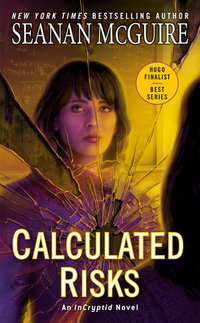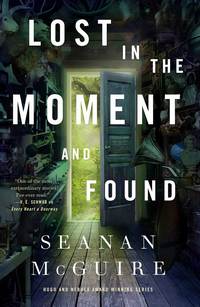 Lost in the Moment and Found
Lost in the Moment and Found
DETAILS: Series: Wayward Children, #8 Publisher: Tordotcom Publication Date: January 10, 2023 Format: Hardcover Length: 146 pg. Read Date: January 12-13, 2023

This ended up being one of those books that I could say almost nothing about or could just as easily have said far too much about. It took me a week and a half just to figure out—I hope—the way to strike the balance.
What’s Lost in the Moment and Found About?
Antoinette (known as Antsy) is a little girl whose life is shattered when her father dies unexpectedly. Her mother quickly remarries for security and her stepfather is the stuff of nightmares. He dismantles her idyllic-sounding childhood, almost removing her from the family. When darker (much darker) things loom, Antsy runs away.
Naturally—well, supernaturally—as this is a Wayward Children book, she’s soon presented with a Door. She steps through it, as sure as someone who isn’t even ten can be. And enters a shop. Unusually for this series, she’s not in a new world—but a shop. The Shop Where the Lost Things Go to be precise.
The shop is managed by an old woman named Vineta and a very large (and talking) magpie named Hudson. In addition to the Shop being the place that Lost Things go—those that are needed by their owners can come be retrieved. There is a Door in the Shop that Antsy can open to other worlds (Antsy’s door, and that of those coming to Find something, appears in a different location)—there’s never any telling what world will be on the other side of the Door. If it looks appealing, Vineta and Antsy will go through and purchase some things to sell in the Shop (and feed themselves), otherwise Antsy will close the door and try again.
At some point, Antsy begins finding ominous notes trying to tell her something—will she figure out what the notes are trying to tell her in time?
Worldbuilding
One of the more entertaining things—for me, anyway—about this series is hearing about worlds that we don’t get to spend time in (or more than a quick glimpse, anyway). Just a brief mention along the way to some other point, and you get to fuel your imagination for a bit. Given this setting—and the way the Shop flits between worlds for Antsy and Vineta to go pick up stock, Lost in the Moment and Found is rife in these glimpses, hints of what else is out there. I had so much fun with that—McGuire’s really created a universe for these stories where she can indulge any whim she has for storytelling and it’d work.
But that’s not really what I wanted to talk about.
This entry would be a worthwhile read for fans if only for this one thing—we learn more about the Doors and how they work. I’m not going to go into it, obviously, nor am I going to promise that every question you had about the Doors will be answered—actually you’ll likely end up with new questions, but they’ll be informed questions.
Depth of Darkness
On the whole, this series hasn’t featured “bad guys”—largely, the antagonists have been people with competing visions for the way things ought to be. People who were trying their best, but who couldn’t understand their children (before and/or after their door)—and so on. A lot of people you don’t want to be around and you don’t want to see have much success as they are, but typically it’s possible to see where they’re coming from and why they do what they do (as much as you might object to it).
But in this book? There are a minimum of two evil characters. People that need to be stopped, and you sort of wish Toby Daye would make a cameo and do what she does best.
McGuire’s painted some bleak circumstances for her Wayward Children—but this seems bleaker (I haven’t spent a lot of time reviewing the older books, so I’m prepared to be corrected) and darker than we’re used to. There’s a period where you can forget that, where it almost feels like Antsy is out for a very long lark and everything will be a fun adventure.
I don’t know if this is a turning point and that we’ll see more books like this in the years to come. I doubt it—I think this is a story that needed to be told, but we’ll be back on more familiar ground—with a more familiar tone—soon.
So, what did I think about Lost in the Moment and Found?
This is clearly a personal story of McGuire (just read the Author’s note that precedes the text) and there’s a rawness to the writing that isn’t typical for this series (or McGuire, period). But it’s oh, so fitting.
I find myself slipping into misconceptions about this series—I enjoy the characters (so many of our protagonists are just loveable), the concept behind the series and West’s school, and so on—it’s easy to remember the nonsense worlds, the joy that characters frequently experience in finding a Door, going home, or leaving home that you forget that almost everyone goes through a Door from our world to get away from something. When I pause to write something like this or describe the series/a particular novella to someone—all of that comes rushing back. Only to be forgotten again until I start reading the next book.* Antsy’s situation is perhaps the most disturbing we’ve seen—and what she ultimately finds in the shop is equally (but in a very different way) unsettling.
* I hope I’m not alone in that, but I have to assume the rest of you are more careful in your reading/remembering.
The novella is not all dire and troubling—there’s a lot of fun to be had as we follow Antsy. The quick excursion to the lost animal department could’ve filled a novella or two. The reader might see some old friends out of the corner of their eye, too. Most importantly, there is hope. That last line is earned (as we’re told time and time again, nothing comes free), and is so reassuring.
Unsurprisingly, I recommend this book—unlike most in the series, I don’t think this would serve as a good entry point. It’s a good number 8 (these are all novellas, so reading eight of them isn’t that big of an investment). It’s raw, it’s unsettling (at the very least), it’s emotional, and it’s full of some of McGuire’s best prose. I’m sure those who’ve read 1-2 (or all seven) others don’t need me to say this, you’ve probably already read them. But for everyone else, it’s time to start reading these books.

This post contains an affiliate link. If you purchase from it, I will get a small commission at no additional cost to you. As always, the opinions expressed are my own.
![]()



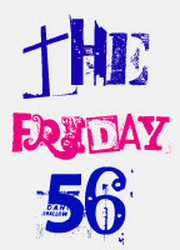
 Grab a book, any book.
Grab a book, any book.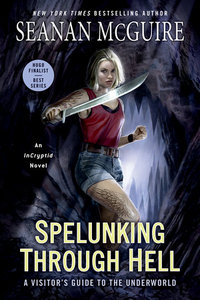

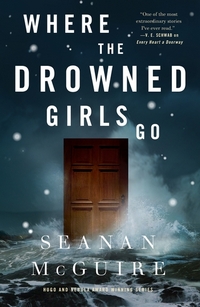

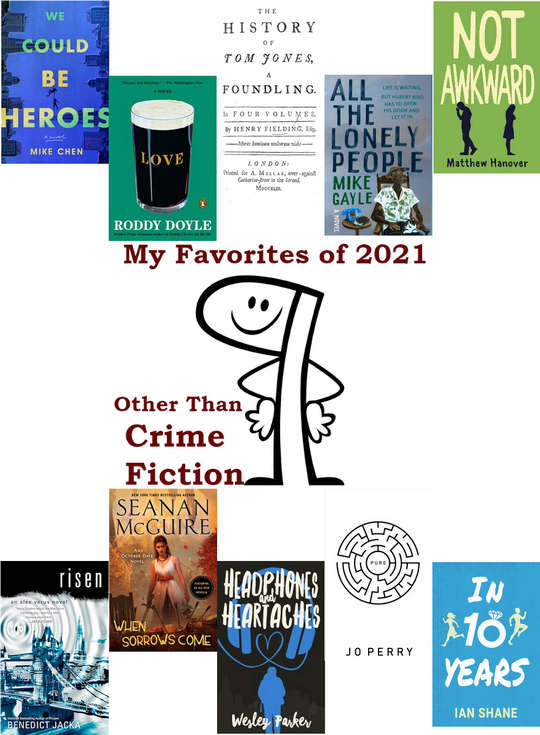
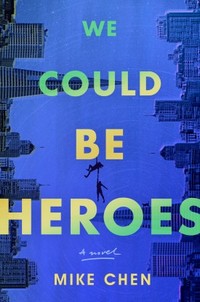
 In typical Chen fashion, the SF/super-hero elements are just an excuse to tell a story about friendship, memory, and identity. It’s a story about people, who just happen to be super-powered.
In typical Chen fashion, the SF/super-hero elements are just an excuse to tell a story about friendship, memory, and identity. It’s a story about people, who just happen to be super-powered.
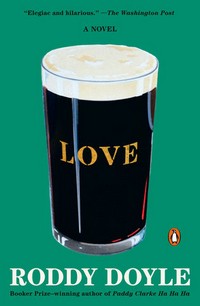
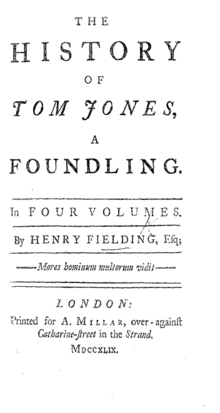

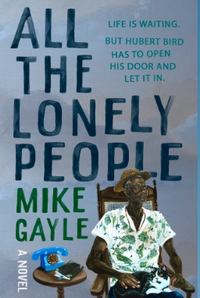
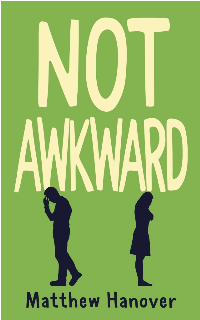

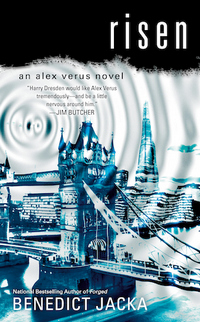
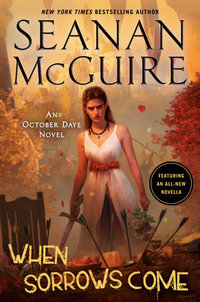
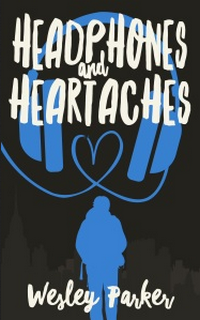
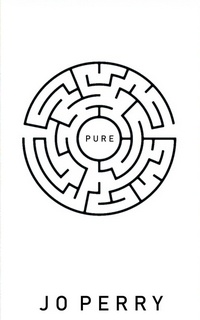
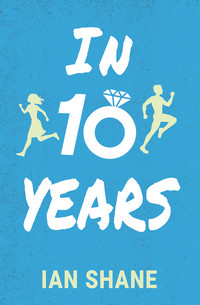
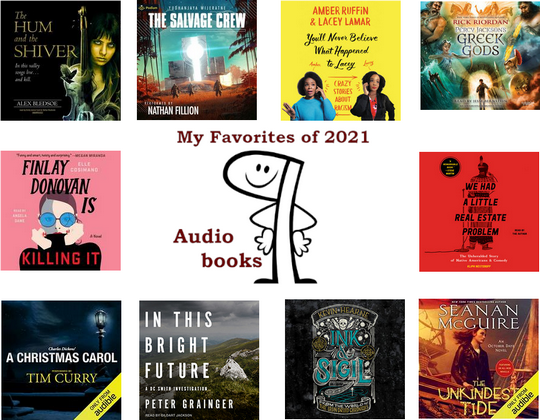
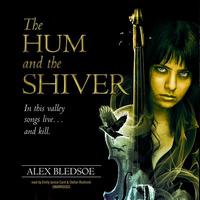


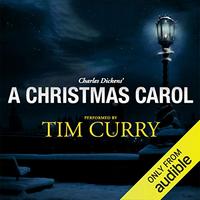
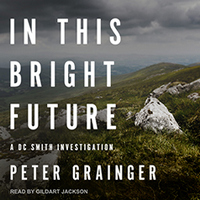
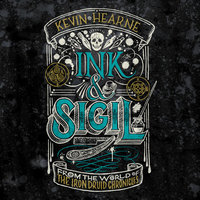
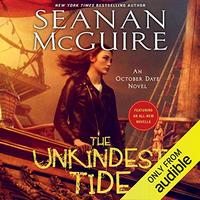
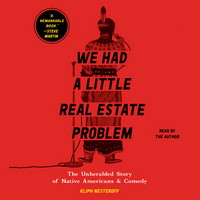
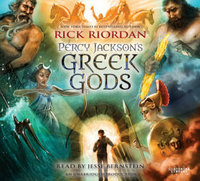

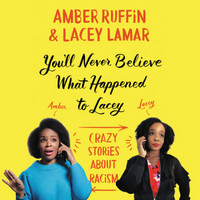
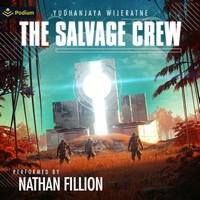
 You haven’t read the first fourteen Toby Daye novels—or you didn’t like them. The former I completely understand, the number of supposedly great series that I don’t have time for is large enough that I can sympathize. The latter? I can accept that people like you exist, but I don’t know if I can ever understand it
You haven’t read the first fourteen Toby Daye novels—or you didn’t like them. The former I completely understand, the number of supposedly great series that I don’t have time for is large enough that I can sympathize. The latter? I can accept that people like you exist, but I don’t know if I can ever understand it
